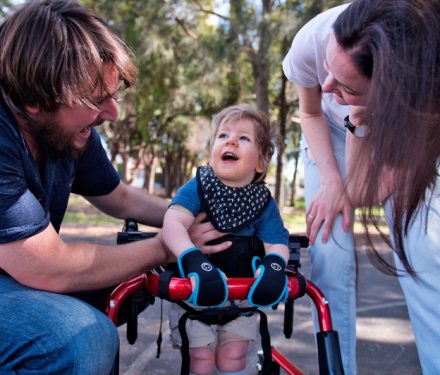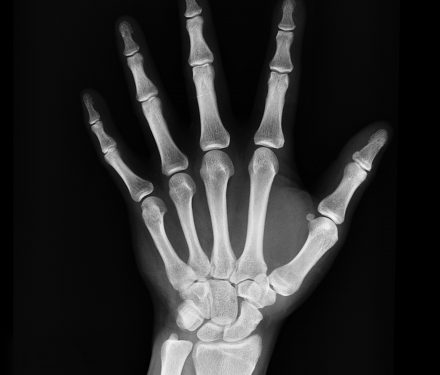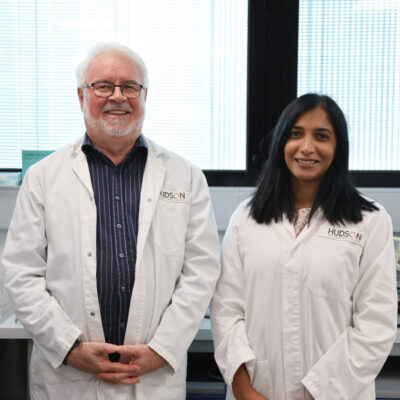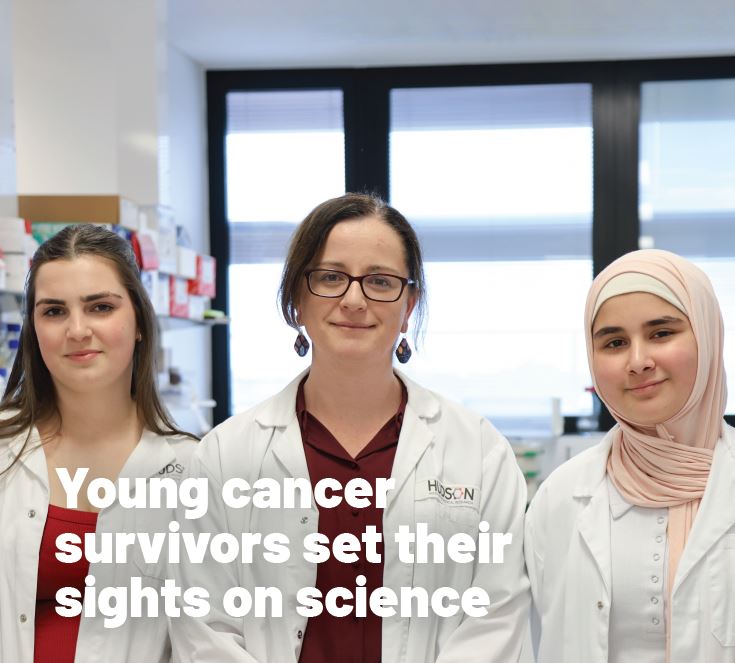Act early to improve bone density for adults with cerebral palsy
By Hudson Institute communications
Many people do not realise that people with cerebral palsy (CP) have lifelong complications from brittle bones caused by reduced bone density.

A study has identified the key factors that influence low bone density in adults with CP. The findings could inform strategies to improve long term quality of life for people with CP.
The potential for early interventions using nutrition and physical therapy, or the use of pharmacological therapy, may be crucial in the prevention of low bone mass and fractures in adulthood. In addition, the use of hormone therapies in some patients could optimise bone health.
The research by Dr Anne Trinh and Associate Professor Frances Milat from Hudson Institute in the Journal of Clinical Endocrinology analysed 45 people with CP who had a body composition scan from 2006 – 2018.
Patients with CP were shown to have low bone density from early childhood. However, the body composition scans demonstrated that significant gains were possible during the puberty years. The early childhood interventions which were shown to improve bone health included treatments focussed on nutrition and mobility and some medications.
What is cerebral palsy?
Cerebral palsy is a physical disability that affects movement and posture. It is a life-long condition due to damage to the developing brain either during pregnancy or shortly after birth.
Cerebral palsy is common – last year about 450 Australian children were diagnosed with CP. There is no cure for CP and it is associated with a lifetime burden of disability and financial cost. In the past 10 years the rate of CP has slightly dropped, predominantly due to improved pregnancy and neonatal care
Improved care methods have contributed to longer life expectancy for people with CP. As a result there is a growing awareness of the need to prioritise bone health and function. Improved bone health can help people with CP to avoid fractures and to maintain physical independence as they age.
Understanding low bone density
Bones play many roles in the body — providing structure, protecting organs, anchoring muscles and storing calcium. When a person has low bone density, or reduced bone mass, they are at risk of having brittle bones which fracture easily.
Low bone density is common in adults with CP as a result of several factors. These factors include the fact that many adults with CP are not able to walk independently, feeding difficulties may have resulted in a lack of adequate nutrition, they are more likely to have hormonal deficiencies and the use of anti-seizure medications may also have had a detrimental effect.
Puberty is a critical time for building bone mass in CP, as it is with typical adolescents. It is even more important for those with CP because they have difficulties building bone density in general. Adults with CP are particularly vulnerable to osteoporosis and which results in bone mass which declines with age.
Dr Trinh explains, “Our findings support the use of physical therapy early in childhood to promote better bone health for people with CP when they become adults. By improving bone health, we can ensure they remain mobile for longer and have better quality of life.”
Next steps
Dr Trinh and Associate Professor Milat suggest that future studies focus on optimising bone health in children with cerebral palsy from early childhood.
Collaborators | Monash Health, Monash University
Funders | Cerebral Palsy Alliance
Contact us
Hudson Institute communications
t: + 61 3 8572 2697
e: communications@hudson.org.au
About Hudson Institute
Hudson Institute’ s research programs deliver in three areas of medical need – inflammation, cancer, women’s and newborn health. More
Hudson News
Get the inside view on discoveries and patient stories
“Thank you Hudson Institute researchers. Your work brings such hope to all women with ovarian cancer knowing that potentially women in the future won't have to go through what we have!”








